
German-New Zealand Chamber of Commerce
Renewable Energy
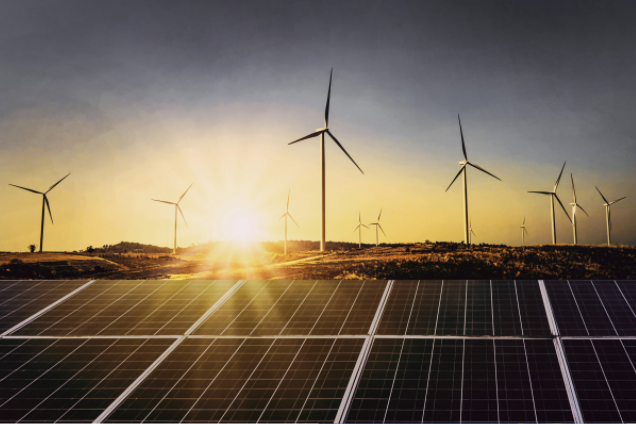
Aotearoa has always been at the forefront of renewable energy development. It led the world in harnessing geothermal energy at scale and opened the Southern Hemisphere’s first industrial hydro-electric power plant in 1885, a mere 45 years after European settlement. New Zealand recently became only the second country in the world to use geothermal energy for hydrogen production.
Its strong background in the production of renewable energy has allowed New Zealand to assume the role of a global leader in renewables, generating a record 84% of its electricity demand using renewable sources. However, this is not enough. In an ambitious move prior to the 2020 election, New Zealand’s government pledged to achieve 100% renewable electricity generation by 2030. This follows the passage of New Zealand’s 2019 Zero Carbon Bill, which sets Aotearoa on track to eliminate all carbon emissions by 2050, in line with its commitments under the Paris agreement. Local councils are acting as well, with Auckland, the country’s largest metropolitan area, planning to cut all GHG emissions by 50% by 2030 and 94% by 2050.
To support clean energy initiatives the government has established a 60€ million Green Investment Fund, a 16€ million National Energy Development Centre, and multiple renewable energy investments via the 1,8€ billion Provincial Growth Fund. Interest in New Zealand’s renewable energy sector is high, with a three-year energy dialogue project from Germany starting mid-2021. The German Federal Ministry for Economic Affairs and Energy (BMWi) led project is supporting the uptake and deepening of energy policy dialogue between New Zealand and Germany and helping German SMEs get a foothold in Aotearoa.
Market potenials
A report by New Zealand’s Climate Change Commission suggests that under business-as-usual circumstances, New Zealand is on track to reach 93% renewable electricity by 2035. Generation from fossil fuels will more than halve, and generation from wind, geothermal, and rooftop solar will increase by about a third. 200MW of batteries will be deployed. Under the government’s ambitious plans, New Zealand will achieve 90% renewables ten years earlier, in 2025. Wind and geothermal represent the cheapest current form of new generation, with batteries and solar likely to reduce further in cost. It is estimated that the power industry will need to invest 7,2€ billion to meet the rising demand for power by 2050.
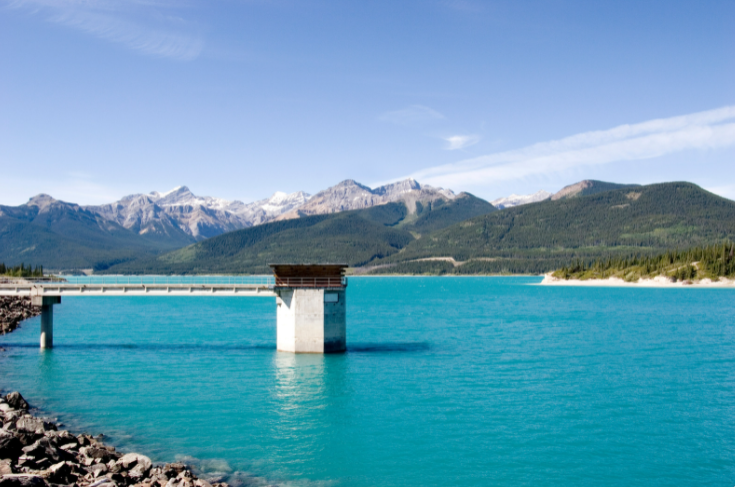
Dry Year Risk and the New Zealand Battery Project
Since the beginning of power usage in New Zealand, abundant lakes and rivers have provided the backbone of Aotearoa’s electricity generation. For more than 50 years, hydropower has provided over half of New Zealand’s electricity needs and is more reliable than wind and solar generation. However, a power grid based mostly on hydropower bears one critical flaw: in periods where hydro inflows are lower than usual, less energy can be sourced from water. When a dry year shortage occurs, New Zealand falls back on coal and natural gas generation to still generate sufficient electricity. Solving the dry year problem is key to reduce New Zealand’s dependence on fossil fuels and achieve energy security and 100% renewable electricity generation.
To this end, the NZ Battery Project has received 41,6€ million to investigate, among others, a pumped hydro storage solution to the dry year problem at Lake Onslow. Pumped hydro storage is a regular hydroelectric station which pumps water into a man-made reservoir in times of cheap and plentiful electricity, and provides power during dry year shortages, when other stations do not provide sufficient power. The 2,4€ billion solution, which would be New Zealand’s largest infrastructure project since the 1980s, would potentially enable Aotearoa to survive of 100% renewable electricity year-round.
While the pumped hydro is the most promising solution being considered, others are also under investigation. Hydrogen, Biomass and overbuilding of renewables, or a combination thereof are all being investigated.
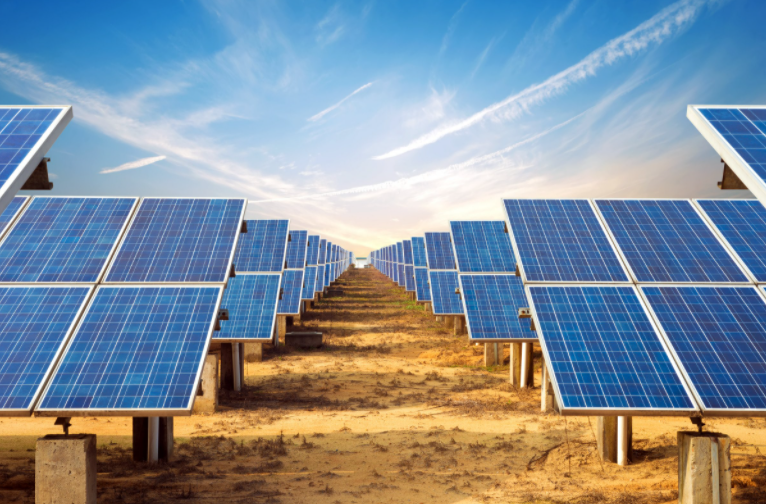
Solar Power
Aotearoa’s solar resources are better than those of Japan or Southern France, regions with significant uptake of solar technologies. Freiburg, Europe’s ‘Solar City’, is one of Germany’s sunniest cities, yet it receives about as much sunlight as Invercargill and is further from the equator than all of New Zealand. Despite of the positive statistics, New Zealand has only seen slow growth over the past five years, with a total installed capacity of 130 MW in 2019. The residential sector has been a key driver for solar uptake, accounting for over 70 percent of installed capacity at the end of 2019. The rate of SMEs, commercial and industrial market segments is growing even faster, although from a lower base.
At a utility scale, a number of solar farm projects are in development across New Zealand. Genesis Energy is planning New Zealand’s biggest solar farm, capable of generating 550 GWh of electricity.
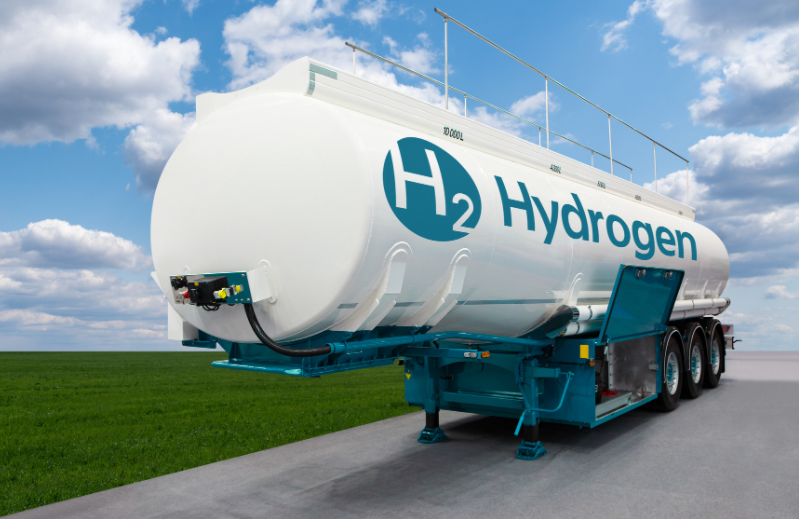
Hydrogen
Green Hydrogen is produced from water via electrolysis using renewable electricity. It can be used for energy storage, vehicle fuel, feedstock, and export. In a recent roadmap report for Taranaki, the region has been identified as ideally placed to enable advancements in hydrogen. Taranaki heavily depends on its hydrocarbon industry, which provides suitable production and refuelling, storage, and generation infrastructure, and is the location of some existing hydrogen developments. Port Taranaki provides a suitable location for export of hydrogen.
New Zealand’s first nationwide hydrogen refuelling network is under development, with potential for 11,9€ million in government support. Port of Auckland is looking to open new hydrogen production to power forklifts and cars, and Kiwirail is considering hydrogen powered trains.
Information for funding of hydrogen projects can be found here.
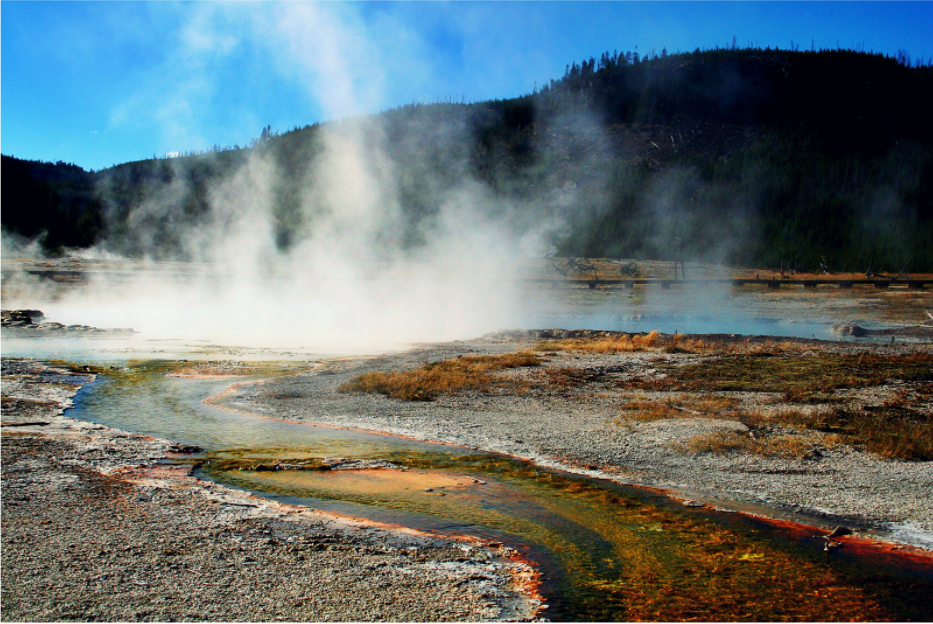
Geothermal
New Zealand’s volcanic landscape makes it ideally suited for geothermal power generation. New Zealand has long been a world leader in the usage of geothermal energy, resulting in the development of the world’s second geothermal power plant in the 1950s. Today, geothermal energy accounts for over 15% of New Zealand’s electricity. Other applications of geothermal energy include timber and milk drying, aquaculture, horticulture, and space heating. New Zealand also recently became the second country in the world to use geothermal for hydrogen production.
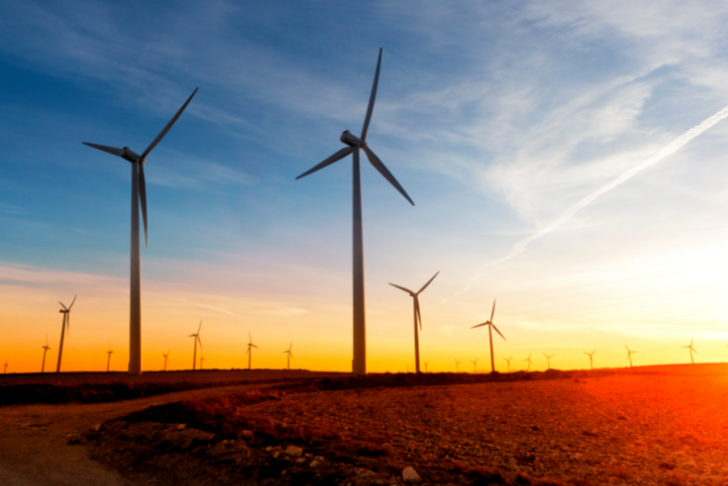
Wind Power
Wind power supplies around 6% of New Zealand’s annual electricity generation, with the first wind farm being built only very recently in 1993. New Zealand is unusual in having achieved this without government subsidies, despite having world class wind resources. The New Zealand Wind Energy Association envisions wind power to account for 20% of electricity generation by 2035, both from larger wind farms and smaller community developments and individual commercial turbines on farms and industrial sites. Consents exist for windfarms worth 1,2€ billion alone, with over 500 additional megawatt of wind power currently under construction.
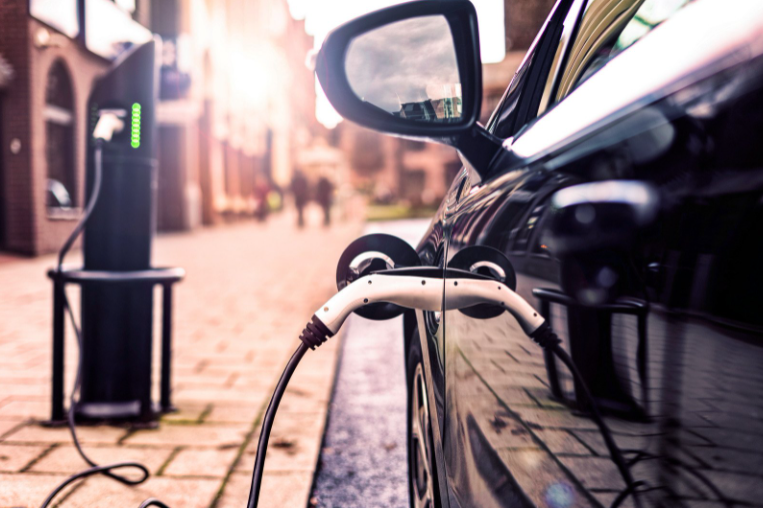
Electrification of Transport and Process Heat
The Climate Change Committee has identified that the electrification of transport and process heat could achieve larger emissions reductions while keeping electricity affordable. Combined, transport and process heat produce around five times the size of electricity emissions, at 23 Mt carbon dioxide equivalents (CO2e).
Following the ICCC’s recommendation, the government is pushing to double the number of EVs each year, with a total of 64,000 EVs in New Zealand by 2022. Government, business, and public transport fleets have policies in place to start decarbonisation within this decade. Electrifying 50% of the vehicle fleet (or 2,2 million fossil-fuelled vehicles) would result 6,4 Mt CO2e per year by 2035. To achieve such a rapid growth in electric vehicles, the New Zealand market will require home and public fast charging networks as well as improved battery disposal.
An accelerating conversion of low and medium temperature process heat to electricity would significantly reduce emissions, especially in the case of coal fired process heat. This has the potential of avoiding 2,6 Mt of CO2e per year.
Click here for more information about e-mobility.
Contact us today!
The German-New Zealand Chamber of Commerce is always happy to answer your questions.
You can reach us from Monday to Friday from 09.00am - 04.30pm NZ time.
Level 14, 188 Quay Street, Auckland 1010
New Zealand
admin@germantrade.co.nz